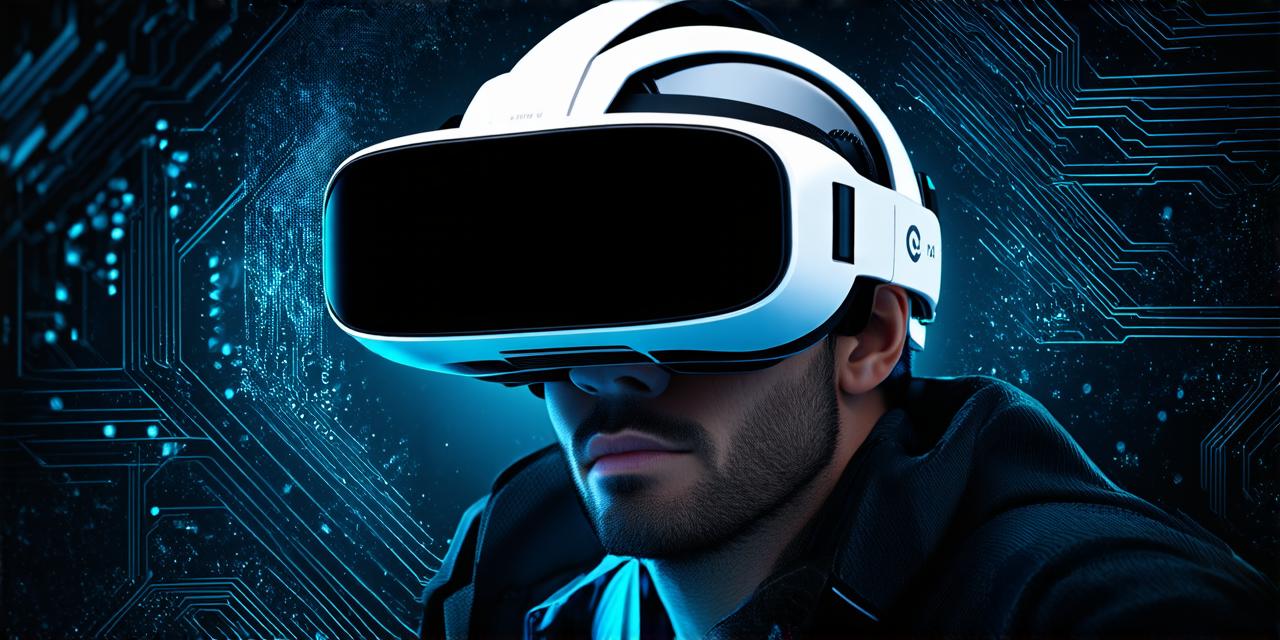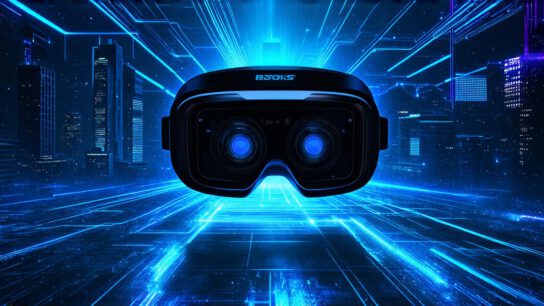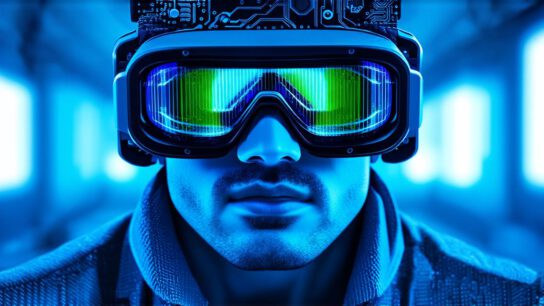<!DOCTYPE html>
Introduction
Virtual reality (VR) is a technology that allows us to immerse ourselves in a simulated environment through headsets or other devices. It’s an exciting new technology with the potential to revolutionize many industries, from gaming and entertainment to education and healthcare. However, as with any new technology, concerns have been raised about its effects on eye health.
Positive Effects of Virtual Reality on Eye Health
Virtual reality technology has a number of potential benefits for eye health. One of the most well-documented benefits is that it can improve hand-eye coordination. For example, studies have shown that playing VR games can improve fine motor skills in children with ADHD and other developmental disorders.
Another potential benefit of virtual reality technology is that it can help reduce eye strain. When we spend long periods of time staring at screens, our eyes can become dry and irritated. Virtual reality can provide a more natural way to interact with digital content, which can reduce the risk of eye strain and other vision problems.
Finally, virtual reality technology can also be used for therapeutic purposes. For example, it has been used in the treatment of PTSD, anxiety disorders, and phobias. By creating a simulated environment that triggers these conditions, therapists can help patients learn coping mechanisms and overcome their fears in a safe and controlled setting.
Negative Effects of Virtual Reality on Eye Health
Despite its potential benefits, virtual reality technology also has some negative effects on eye health. One of the biggest concerns is that it can cause motion sickness. This can be especially problematic for people who are prone to motion sickness in real life, or who have a history of seasickness or vertigo.
Virtual reality technology can also cause dry eyes. When we spend long periods of time staring at screens, our eyes can become dry and irritated. This is because the screen emits blue light, which can suppress the production of melatonin, a hormone that regulates sleep and eye function. In addition, virtual reality headsets often require us to look upwards for extended periods of time, which can also contribute to dry eye symptoms.
Finally, there are concerns about the long-term effects of virtual reality technology on eye health. While short-term use is generally safe, there is a lack of research on the long-term effects of prolonged exposure to virtual reality technology. This includes the risk of developing age-related macular degeneration (AMD), a common cause of vision loss in older adults.
Mitigating the Risks of Virtual Reality on Eye Health
Despite these concerns, there are several steps that can be taken to mitigate the risks of virtual reality technology on eye health. One important step is to take breaks when using virtual reality technology. By taking regular breaks and giving your eyes a chance to rest, you can help reduce the risk of eye strain and other vision problems.
Another important step is to adjust the settings on your virtual reality device. For example, many virtual reality headsets allow you to adjust the brightness and contrast levels to suit your needs. You can also adjust the refresh rate to help prevent motion sickness.
Finally, it’s important to be mindful of your posture when using virtual reality technology. By keeping your neck and spine aligned, you can reduce the risk of strain on your eyes and other parts of your body.
Case Studies: Virtual Reality in Education and Healthcare
Virtual reality technology has a number of potential applications in education and healthcare. For example, it can be used to create immersive learning environments that allow students to explore complex concepts in a more engaging way. In addition, virtual reality can be used for therapy and rehabilitation purposes, such as helping patients with stroke or brain injury regain their mobility.
Expert Opinions on Virtual Reality and Eye Health
<p



